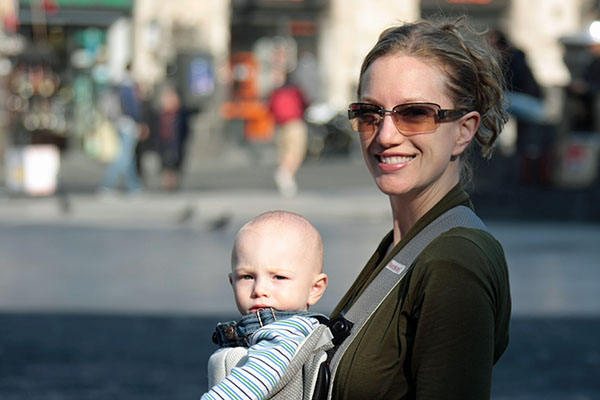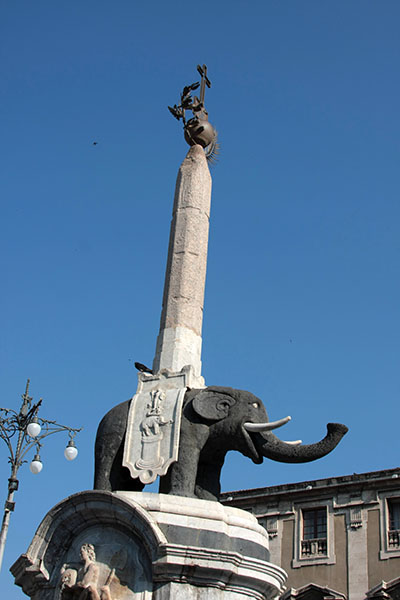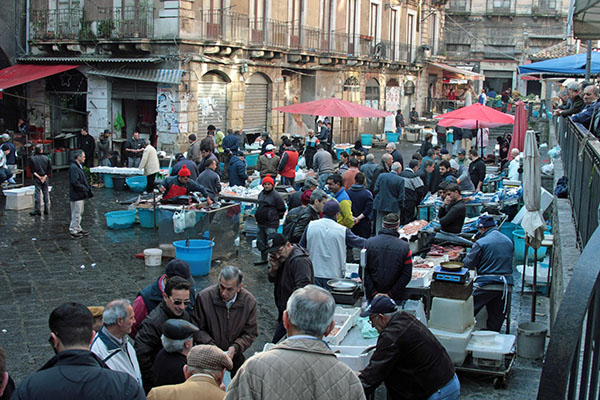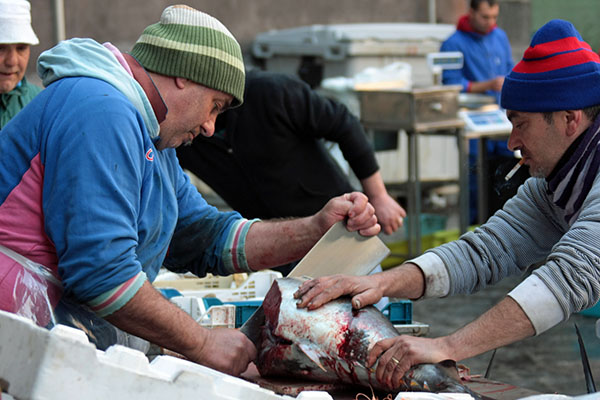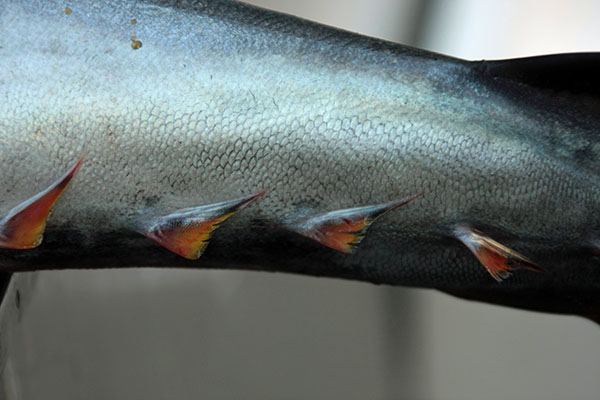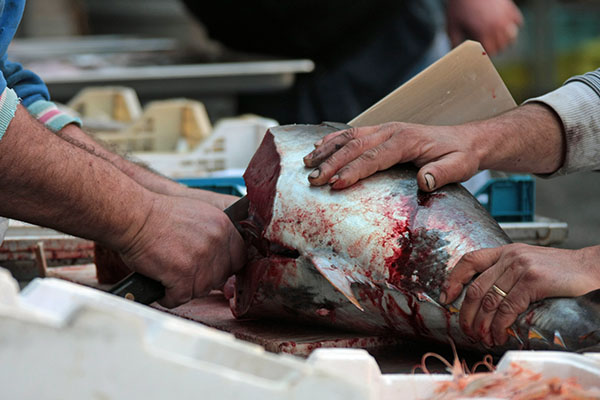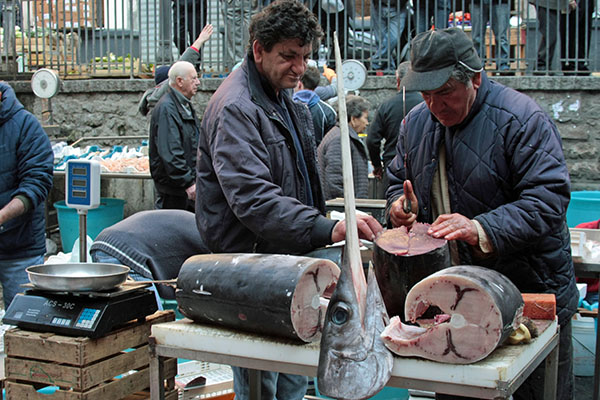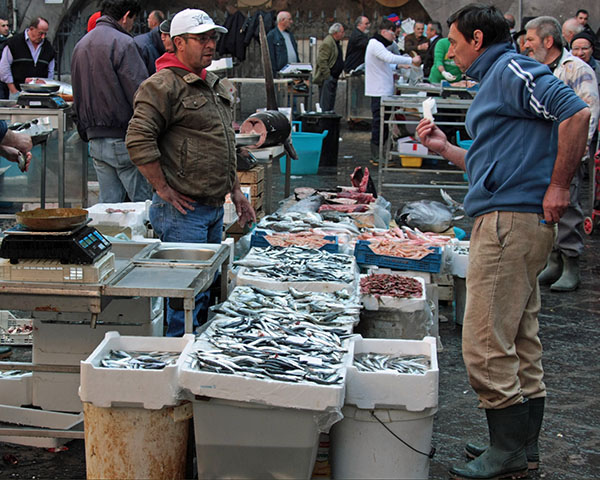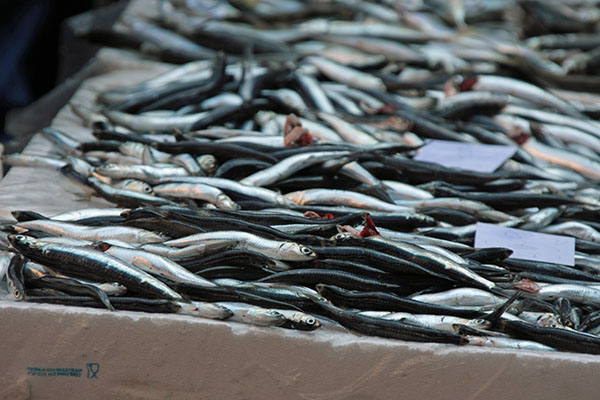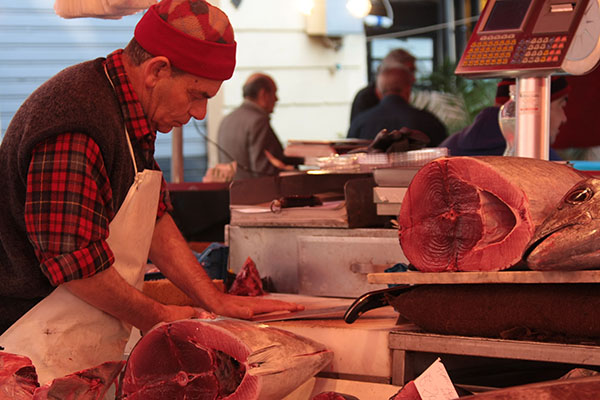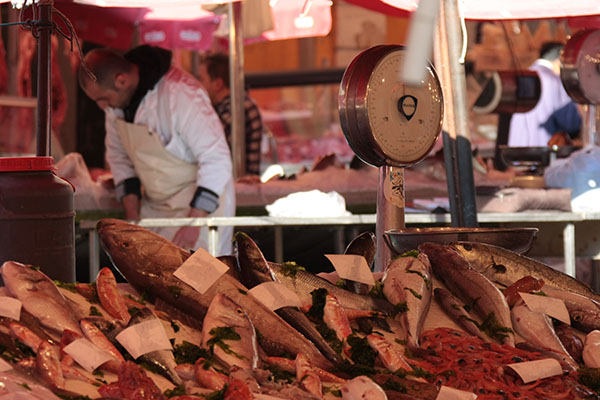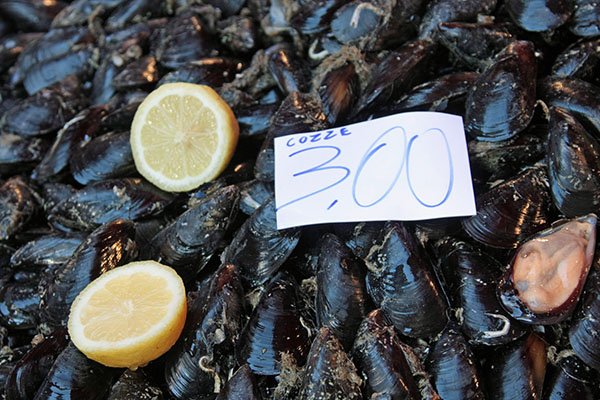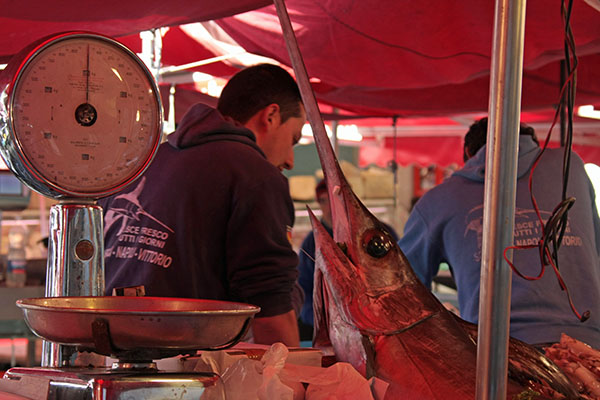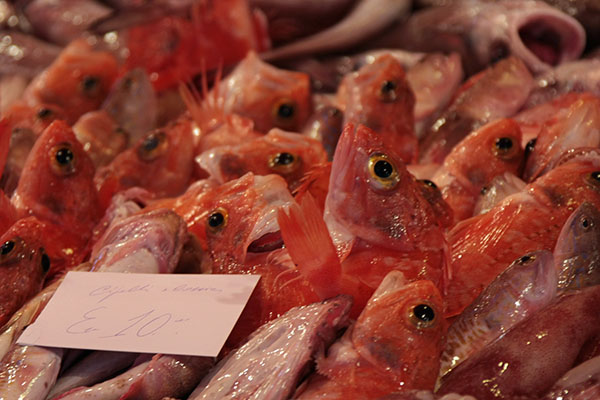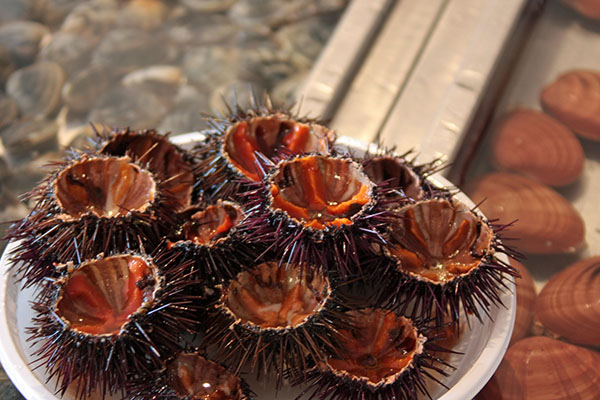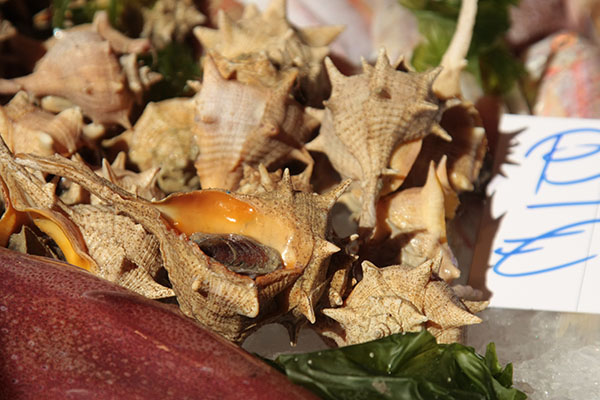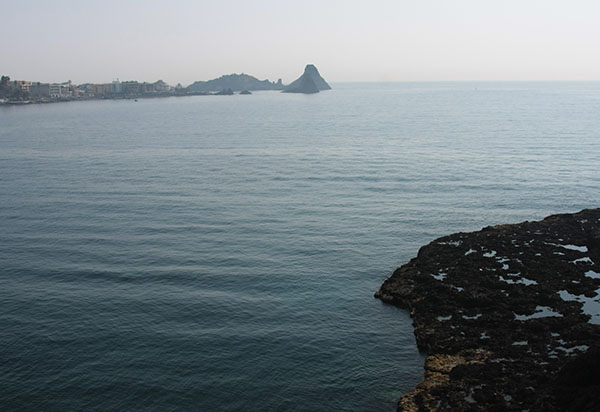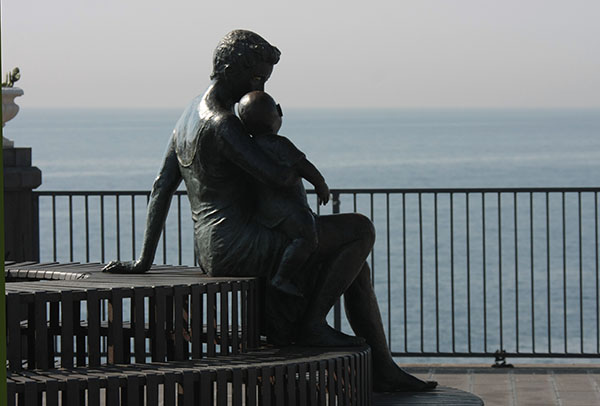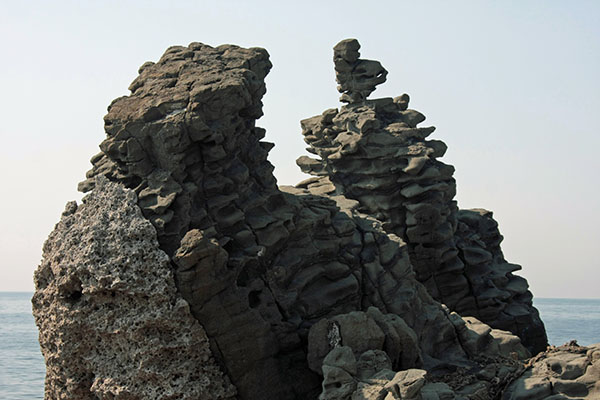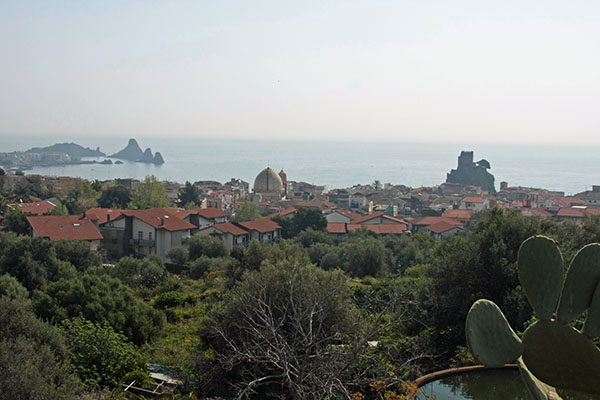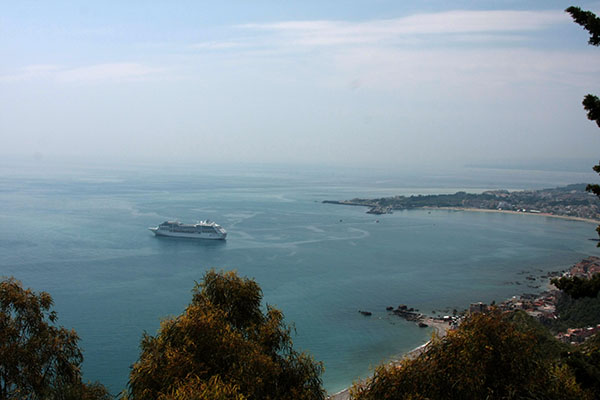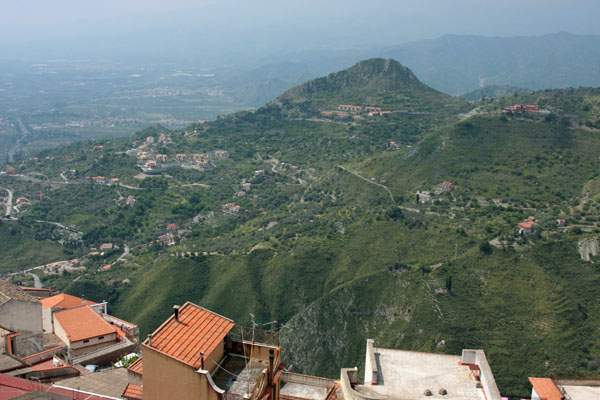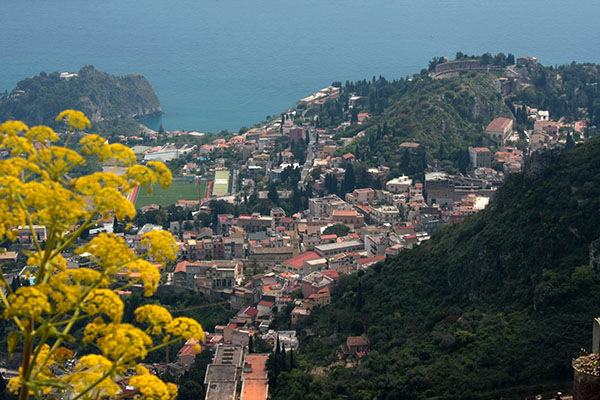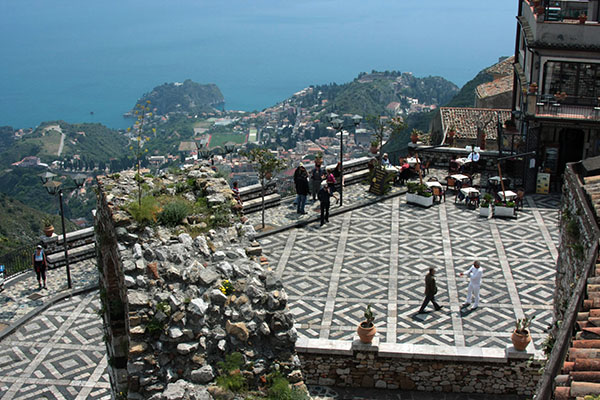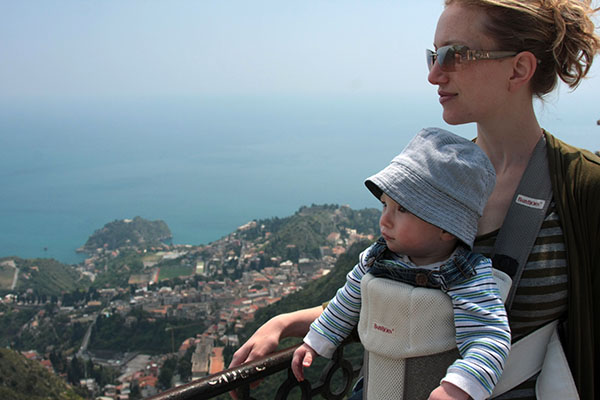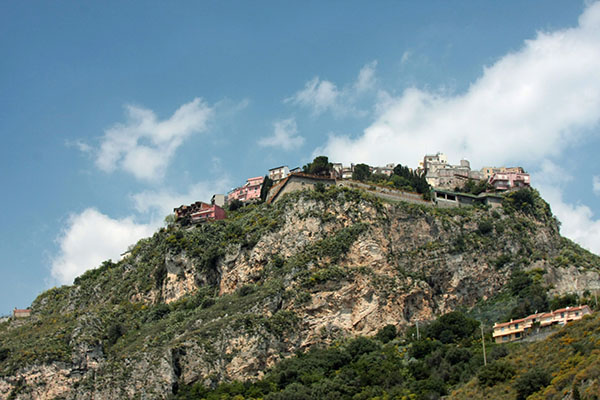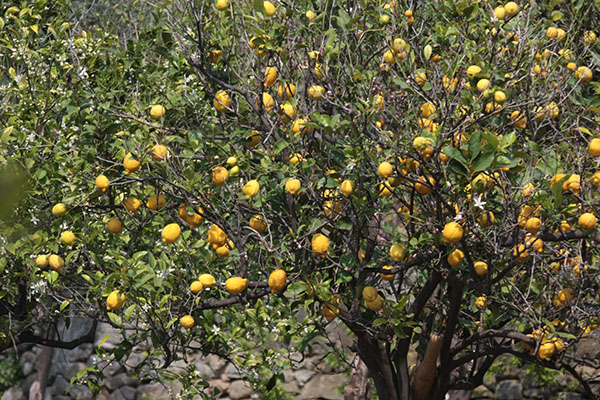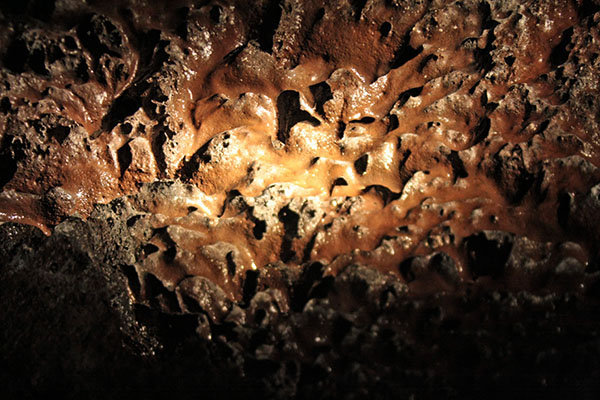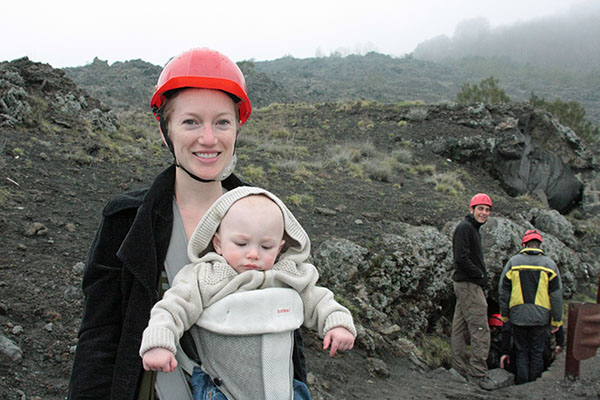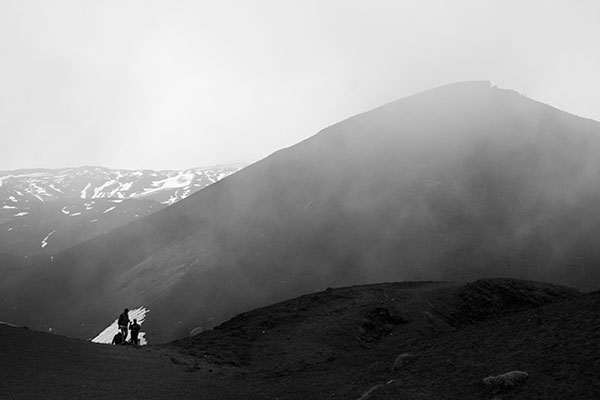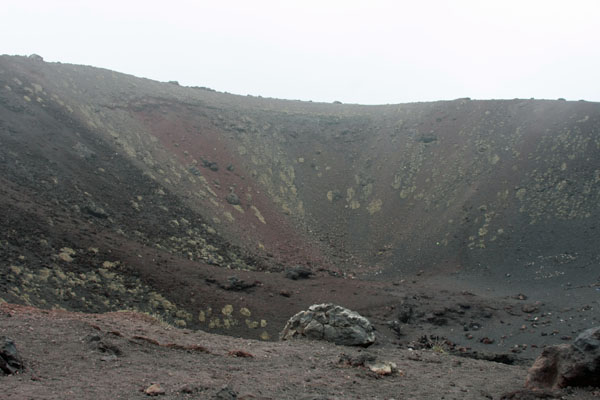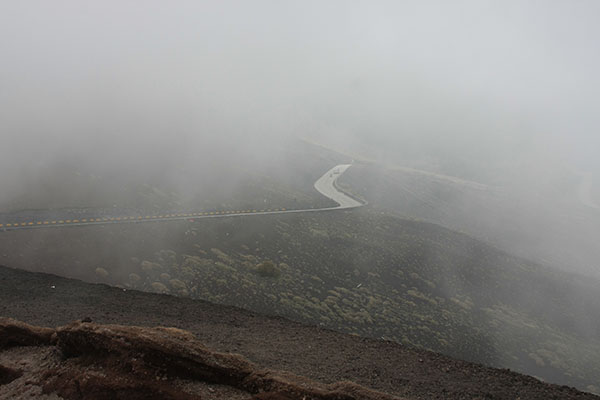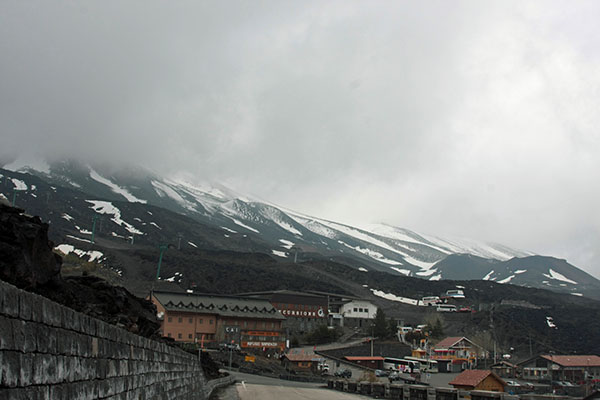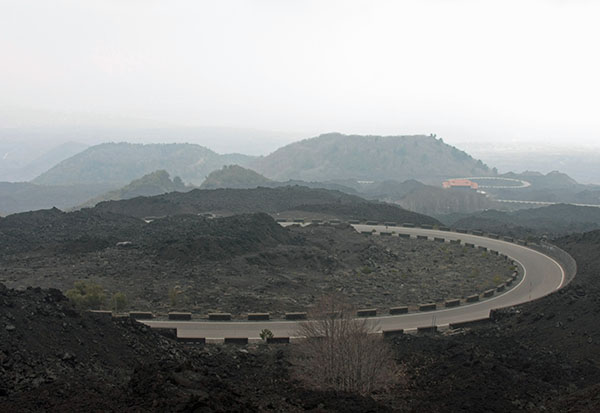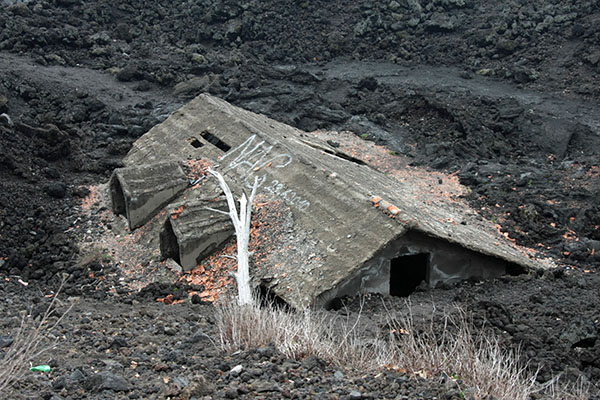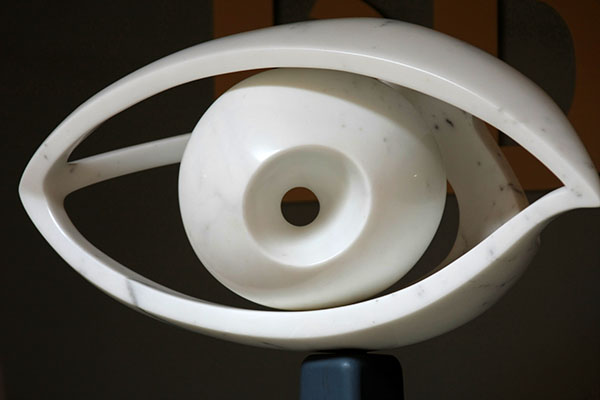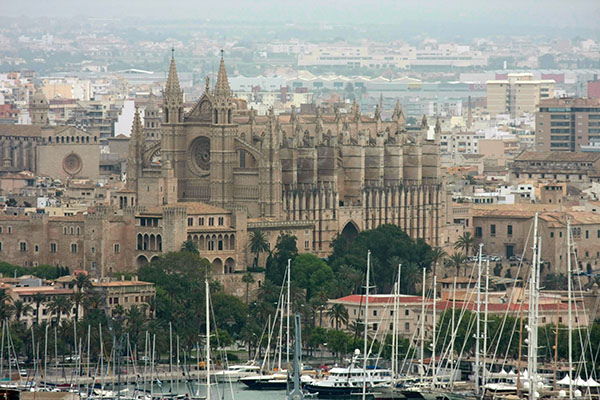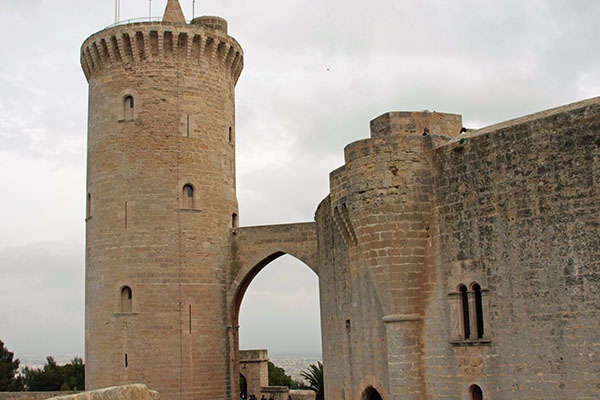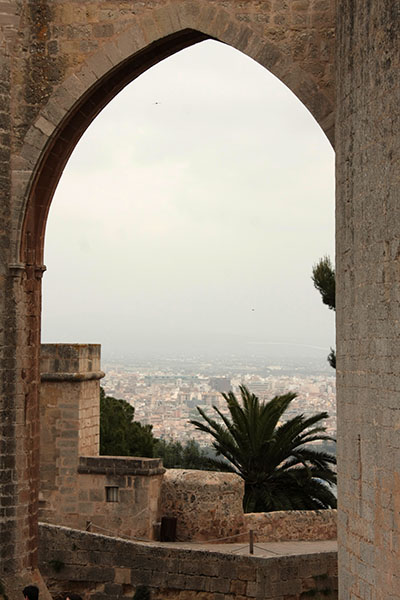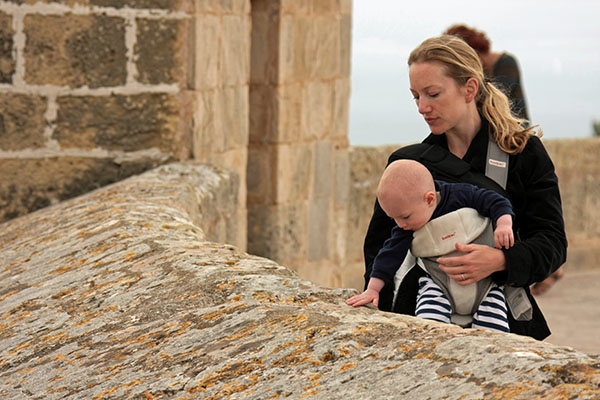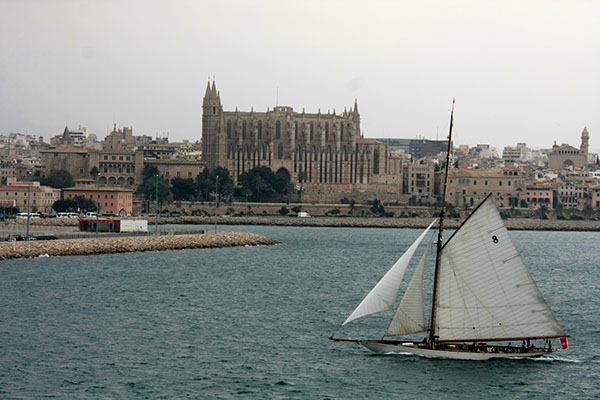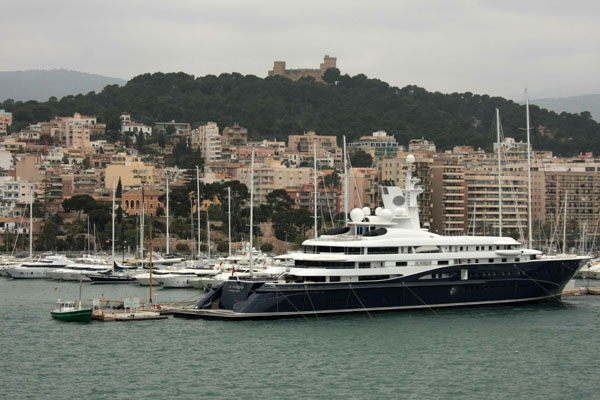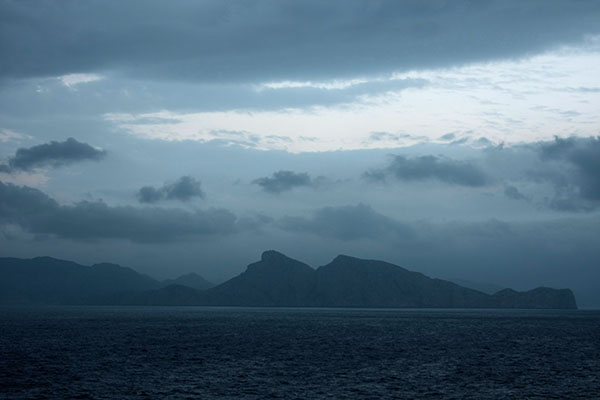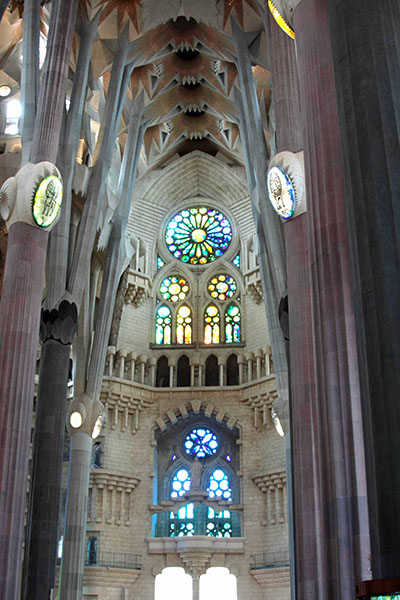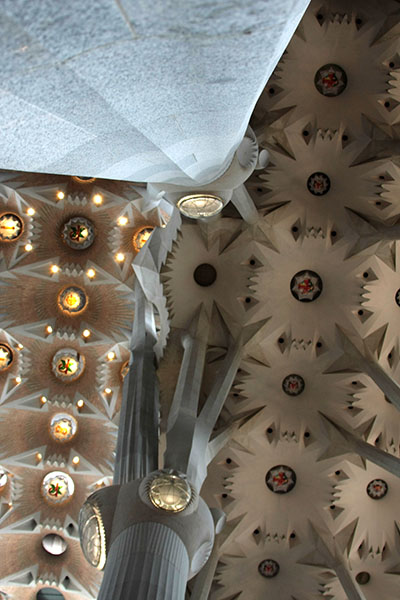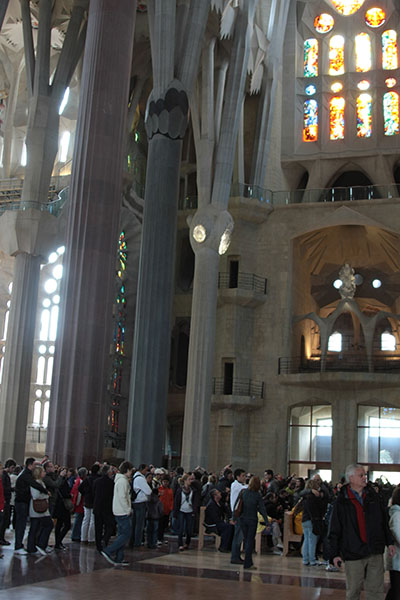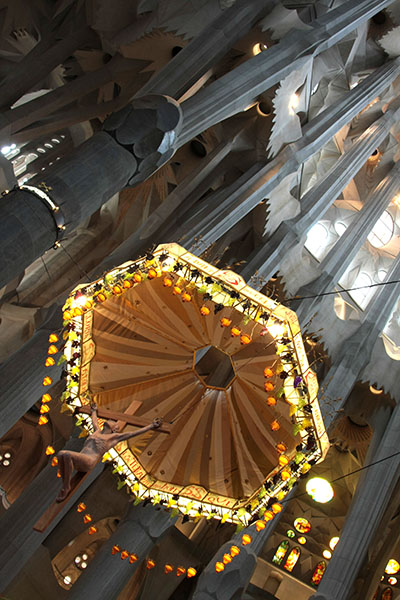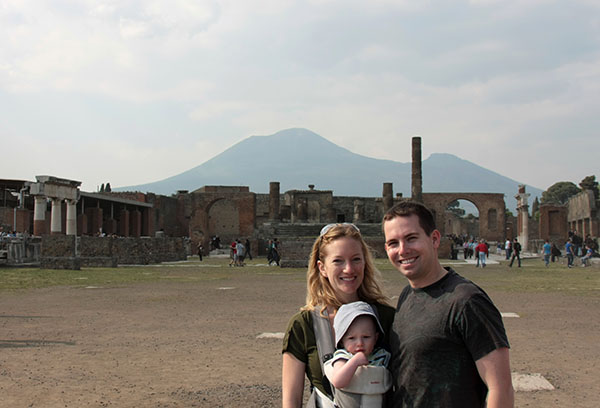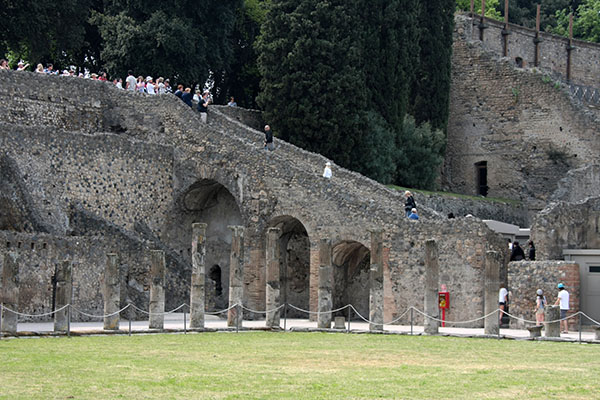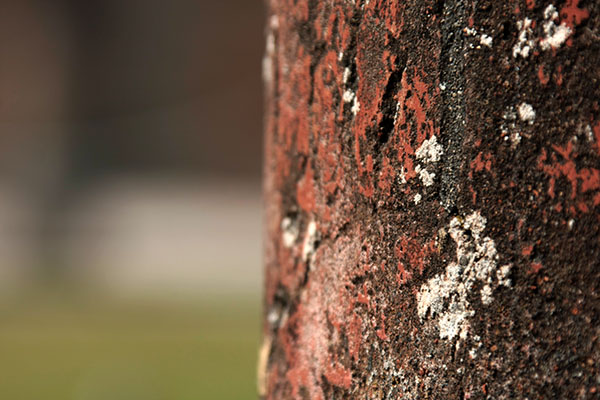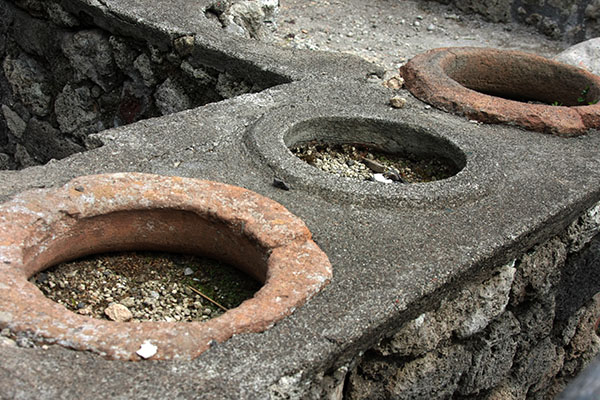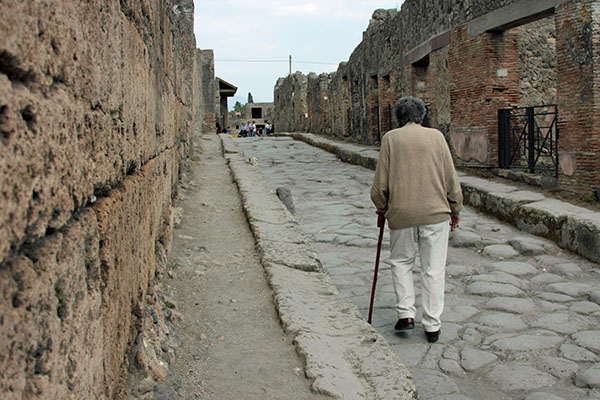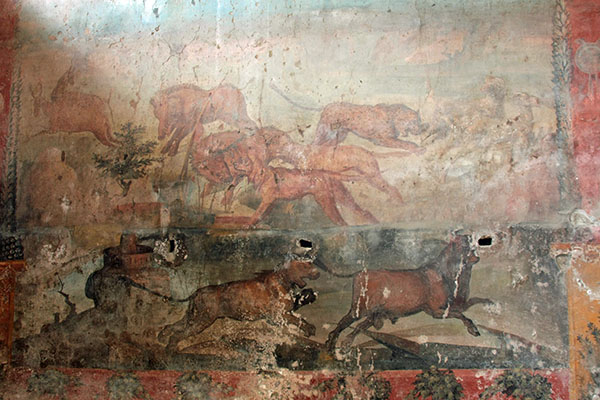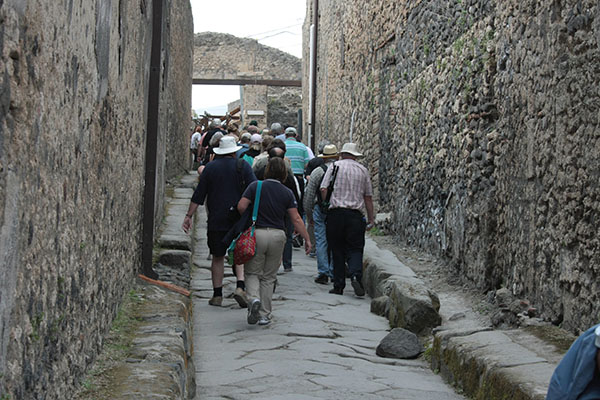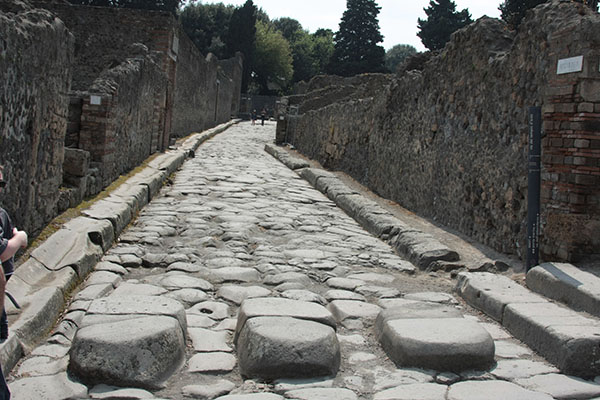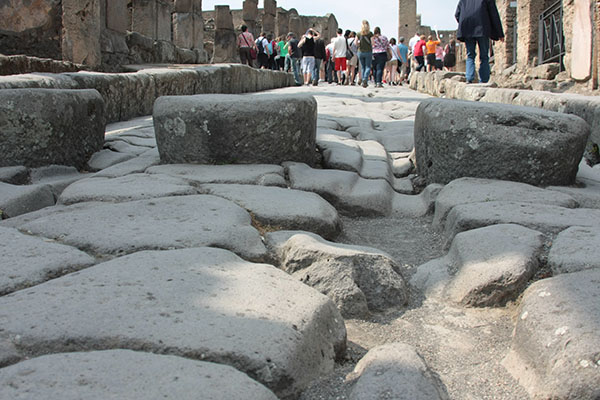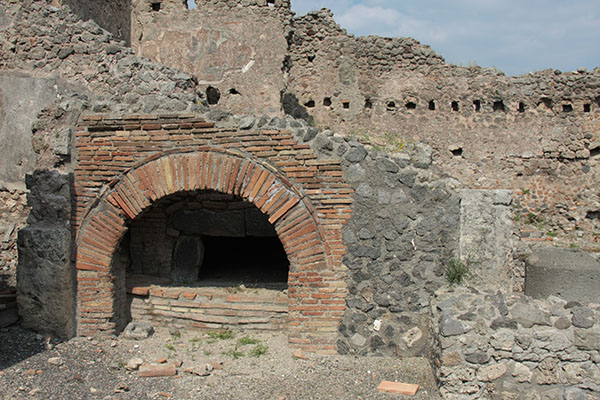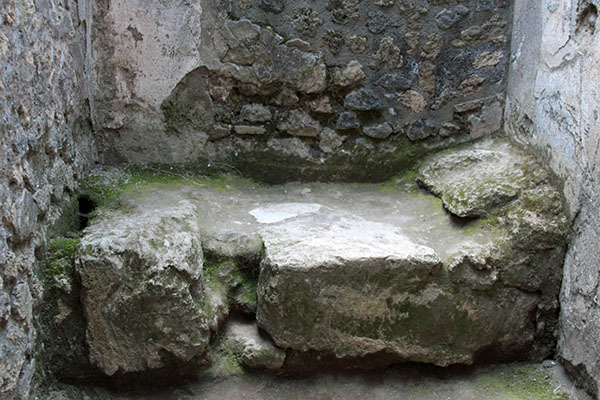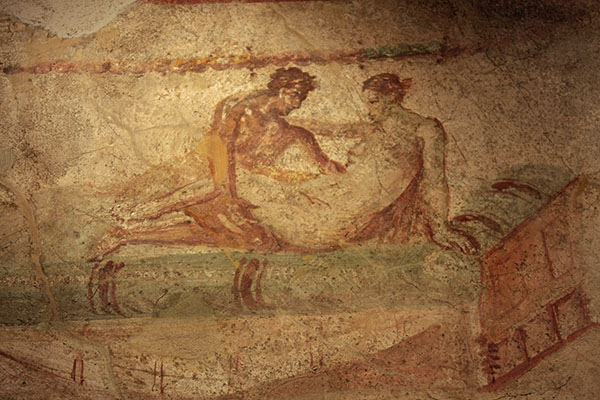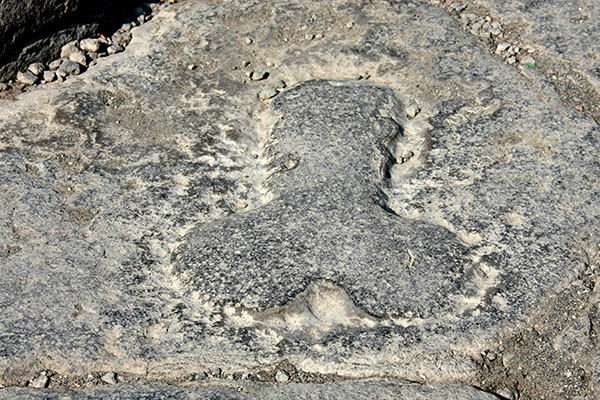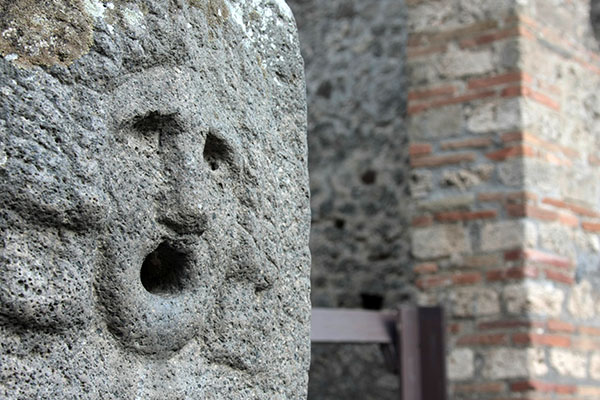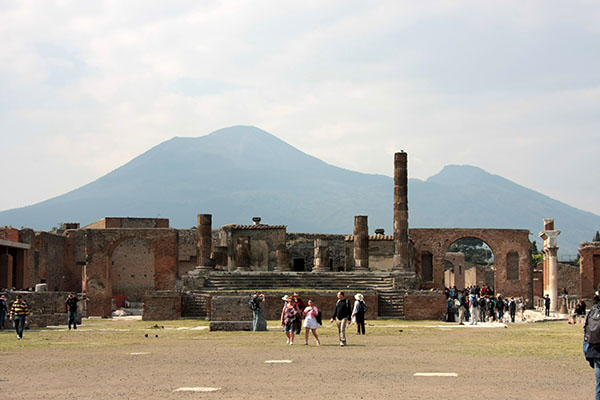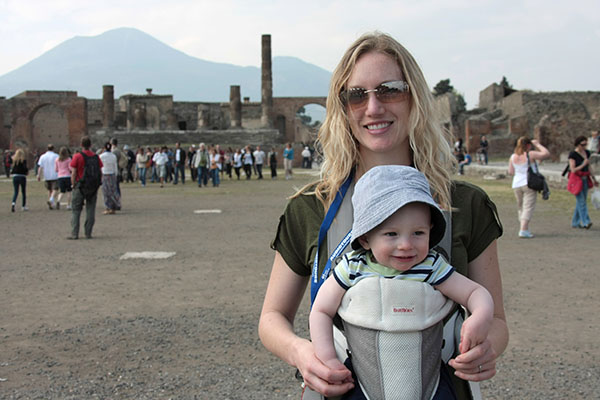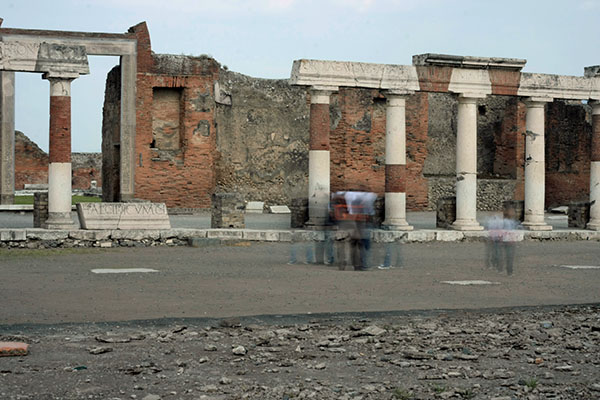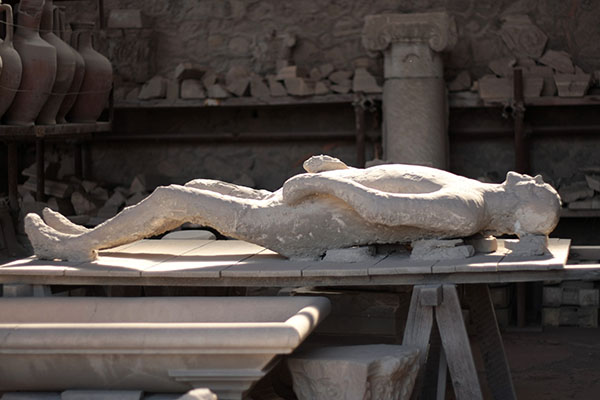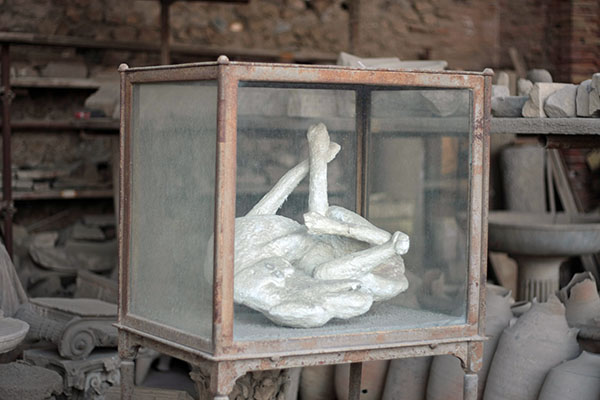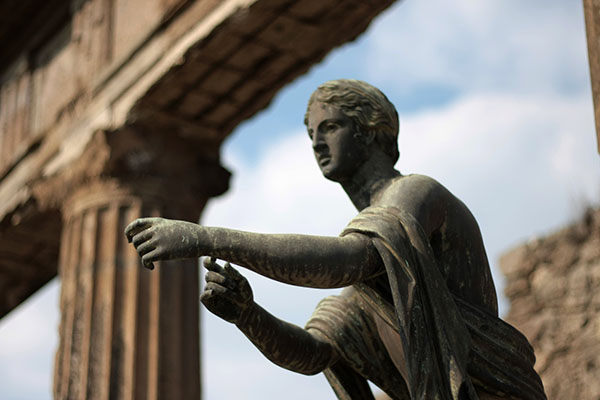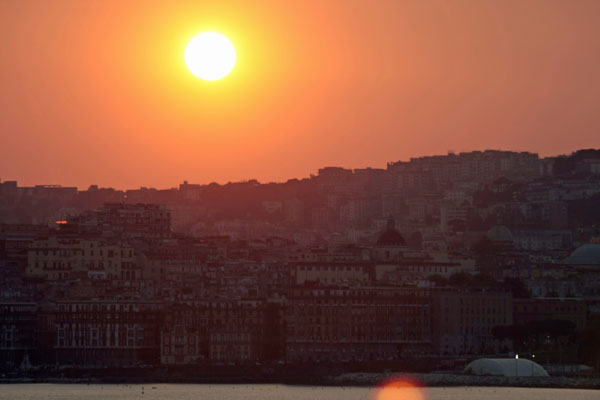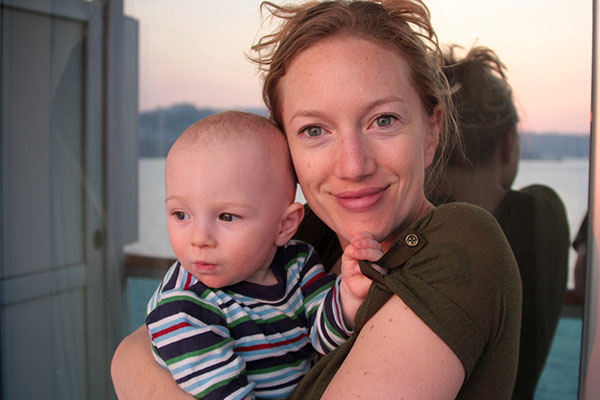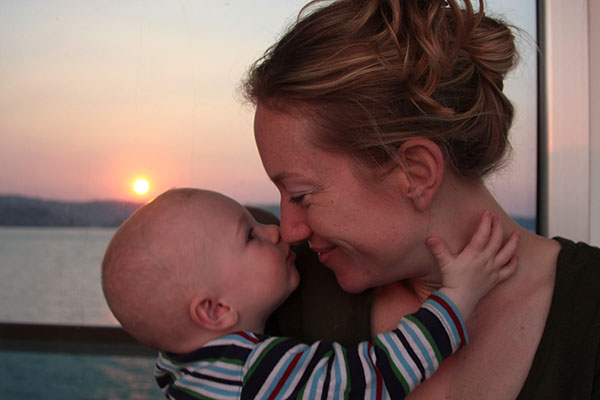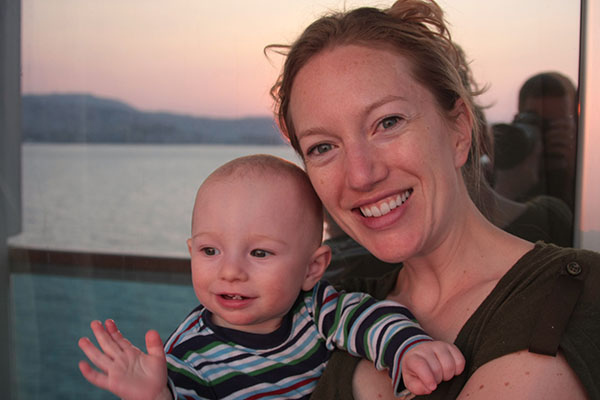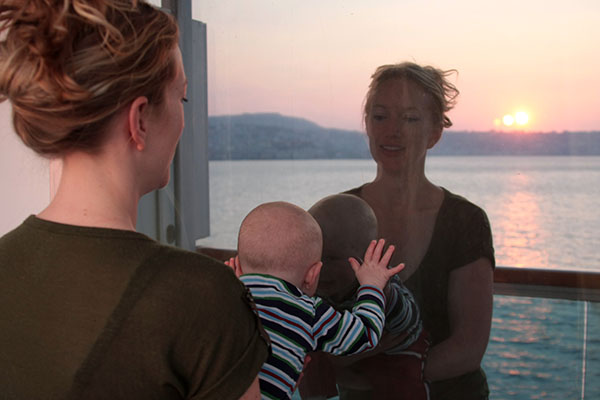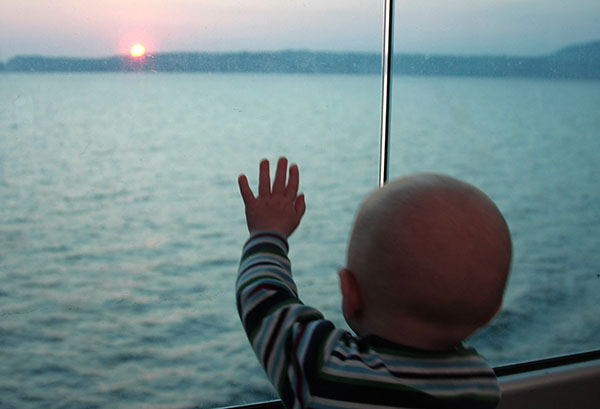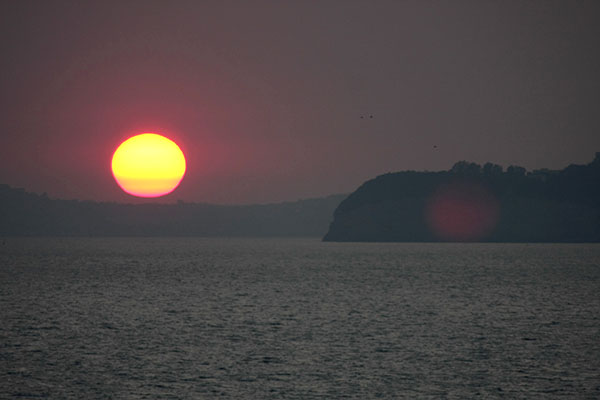We were able to spend an amazing day in Sicily with our guide … Paolo Piana. However, before we arrived, we woke up to a beautiful view of Mt Etna. In fact, this was the best view we had of the most active volcano in Europe.
We started out in the Catania’s UNESCO-worthy Piazza del Duomo.
The 18th century Fontana dell Elephante (or u Liotru) is the symbol of Catania. Apparently, at some point in the ancient history of Sicily, the fauna included dwarf elephants. However, we didn’t see any and I’m pretty sure only the stone ones are left on the island.
The Duomo.
This is the Fontana dell’Amenano with the same name as the river that runs underneath the city. The fountain was cleverly built to use the river’s water.
La Pescheria — The Fish Market. This place was a great mass of meat, colors, sounds and of course smell.
Cleaving a tuna.
Yep, it’s a yellow fin.
Looks yummy, don’t you think? Puts me in the mood for sushi.
A fisherman’s job is not a clean one.
Just so we know what the fish originally looked like. It’s a handy visual reminder… ok, it’s more of a heady reminder.
This market was both by and for those who spent their lives on the sea.
I have to admit, I was a bit reticent to try anchovies. My only memory of them were overly salty on pizza and Caesar salads. However, by themselves or lightly fried, this little guys are quite tasty.
There were plenty of interesting looking fish.
This butcher was preparing his lambs. As you can see, it wasn’t just fish at La Pescheria.
Another new discovery (for me) has been sea urchins. Although they are a lot of work to access (like a lot of seafood), they are delicious.
More lambs for sale. These are truly half a lamb.
A few more heady reminders.
Come on guys, follow me! This way out… (of course, he didn’t get very far).
Hmm, what’s up there?
This gives you a little idea of the process to get sea urchins ready to consume. Gloves and a strong scissors are a must.
The finished product. They also have a black bile inside that needs to be removed or eaten around.
This is the imposing and beautiful Aci Castello built on volcanic rock.
The view from Aci Castello yielded this view across the bay to Belvedere di Acitrezza. According to Paolo, these are the stones that the cyclops from Homer’s Oddessy threw after Odysseus blinded him. Since this is a part of the Ionian Sea (the commonly accepted location for the epic), it seemed a plausible fable with some basis in fact. But then, aren’t all fables similarly based?
This statue (predictably) reminded me of Anna and X.
A closer look at the impressive stones the cyclops apparently heaved.
Wind and water carvings.
A look back at the Aci Castello.
Both the Aci Castello and Belvedere di Acitrezza.
This is the main walking thoroughfare in the hugely popular tourist town of Taormina. It’s perched over the sea and the buildings are fittingly beautiful. It’s also been featured in pop culture by people like Truman Capote and D.H. Lawrence and films like “Le Grand Bleu”
After Taormina, we drove further up the hill to Castelmola where we found amazing views of the sea and surrounding landscape.
This is from Castelmola looking back down on Taormina.
Anna and X enjoying the view.
This was Alexander’s first experience with a water fountain (or to use the Wisconsin vernacular: a bubbler).
Although he doesn’t look too sure here, he seemed to enjoy the experience.
Looking back up at Castelmola.
There are lots of tunnels in Italy. I decided to let the shutter stay open a while and this is the image that resulted.
There is a light…
If you’ve seen the move “The Godfather” you might recognize this Sicilian town. In the film it was called Corleone (the Godfather’s hometown of the same name). However, in reality, this is a town called Savoca.
Citrus fruit make up a huge part of Sicilian agriculture (lemons, oranges, grapes, etc). I understand better why oranges were the symbol of death in “The Godfather.” If there isn’t enough (monetary) incentive to harvest the fruit, it simply withers and falls off. Logically that makes sense, even if it seems to be a waste.
The rugged canyon Paolo showed us. Although you can’t see from this image, it was a bit of a hike to get here.
After, we went to a local winery on the slopes of Mt. Etna. The rich volcanic soil produces some great wine. Although I hadn’t had much before, I really enjoyed the simple elegance of the wine we tried. Plus, as with other Italian wine, they use walnut barrels to age their wine which imparts a unique flavor.
The next series of images are from our trip up the volcano. In fact, I’ll start with one from inside. This is an old lava tube. I saw similar ones in Hawai’i, but I never explored this far into one.
A closeup of the lava stalactites.
Paolo and another group bemusedly watching me clamor out of a lava tube with a big, unwieldy camera.
Anna and Alexander after his first successful foray into the world of spelunking. We’ll see if that continues as he gets older. Also, you can see the entrance to the cave on the right.
Unfortunately, as we got near the top of the mountain, the weather deteriorated. We didn’t have much a view of the island, but the moving clouds added to the mystique.
A big rock that had been expelled from the volcano at some point.
The road we came up on.
Anna and X intently gazing into the distance.
Alexander loves the wind. Since it was a bit windy, he was having a blast. His mother on the other hand, was having less of a good time.
A resort that was barely spared from the last major eruption in 2002. There has been a lot of activity this year (2011), but thus far no major eruptions. We were hoping to see flowing lava, but it wasn’t meant to be … probably a little safer anyway.
A close up of a more recent lava flow.
Our way down.
This house was a little less fortunate it didn’t survive the 2002 eruption.
Well that completes our brief (but very enjoyable) time in Sicily. If you think you’d like to visit and only have limited time, we can’t recommend Paolo highly enough. His site is: www.etnasicilytouring.com
Next up is Palma de Mallorca and Barcelona.
Until then…
–Jim


